Collection

Read our analysis on NHS waiting lists.
The number of people waiting for NHS treatment in England has risen rapidly during the Covid-19 pandemic, with 7.2 million incomplete treatment pathways in December 2022.
The graph below shows the size of the NHS waiting list since comparable records began in August 2007. It shows a particular rise in the number of people waiting more than 18 weeks, the NHS waiting target.
While the number of people waiting has risen by more than 2 million since the start of the pandemic, this is much less than the amount of care that was missed.
You can read our previous analysis of what could explain these missing patients, and what could happen to waiting lists in the coming years, below.
Analysis

What could happen to NHS waiting lists in England?
29 February 2024

Is there really an NHS productivity crisis?
17 November 2023

IFS NHS waiting lists calculator wins 2022 Harding Prize for Trustworthy Communication
20 April 2023

What next for NHS waiting lists?

One year on from the backlog recovery plan: what next for NHS waiting lists?
8 February 2023

NHS waiting lists unlikely to fall significantly in 2023
8 February 2023

The state of the NHS
8 February 2023

It’s not only the NHS in trouble — the whole country is getting sicker
19 December 2022

NHS funding, resources and treatment volumes
14 December 2022

The NHS needs to ramp up treatment volumes if waiting lists are to start falling any time soon
15 November 2022

IFS response to new NHS waiting times figures
11 August 2022

The NHS backlog recovery plan and the outlook for waiting lists
11 February 2022

Where are all the missing hospital patients?
7 December 2021

Pressures on the NHS
10 September 2021

Could NHS waiting lists really reach 13 million?
This observation looks at how the numbers in England on the NHS waiting list changed before and during the pandemic and discusses the key factors that will affect how much they will grow in the near future.
8 August 2021
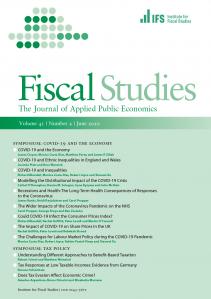
The wider impacts of the coronavirus pandemic on the NHS
This paper discusses likely implications for healthcare delivery in the short and medium term of the responses to the coronavirus pandemic, focusing primarily on the implications for non‐coronavirus patients.
3 June 2020
Previous event

What next for NHS waiting lists?
Authors

Associate Director
I completed a PhD at UCL in 2020. My work examines the drivers of variation in the quantity and quality of healthcare provided to different patients.

Research Economist
Max joined the IFS in 2020 as a research economist in the Healthcare Sector, with a focus on the NHS labour force and adult social care in England.

Senior Research Economist
Ben is a Senior Research Economist and an editor of the IFS Green Budget. His work focuses on the health and social care system and UK fiscal policy.

Director
Paul has been the Director of the IFS since 2011. He is also currently visiting professor in the Department of Economics at University College London.
Collection details
- Publisher
- Institute for Fiscal Studies
More from IFS
Understand this issue

If you can’t see it, you can’t be it: role models influence female junior doctors’ choice of medical specialty
24 April 2024
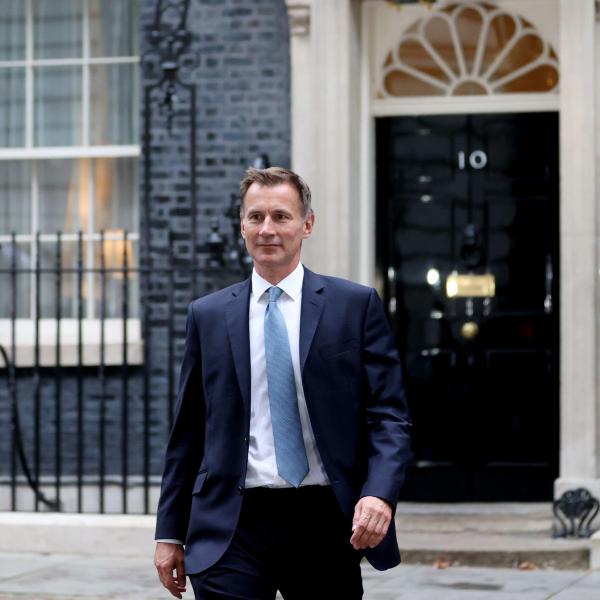
Spring Budget 2024: What you need to know
7 March 2024

The Labour manifesto
13 June 2024
Policy analysis

IFS response to Labour Party announcement on NHS waiting lists
28 May 2024

How should we interpret parties’ public spending pledges this election?
23 June 2024

Main parties’ manifestos tell us little about the funding individual public services would actually receive
23 June 2024
Academic research
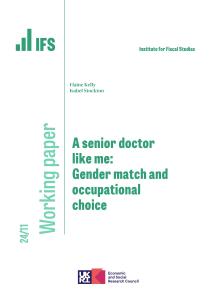
A senior doctor like me: Gender match and occupational choice
24 April 2024
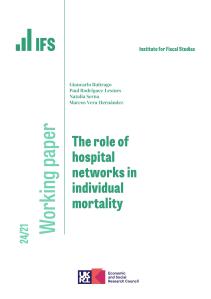
The role of hospital networks in individual mortality
13 May 2024
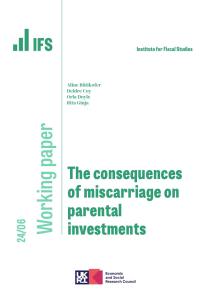
The consequences of miscarriage on parental investments
22 March 2024